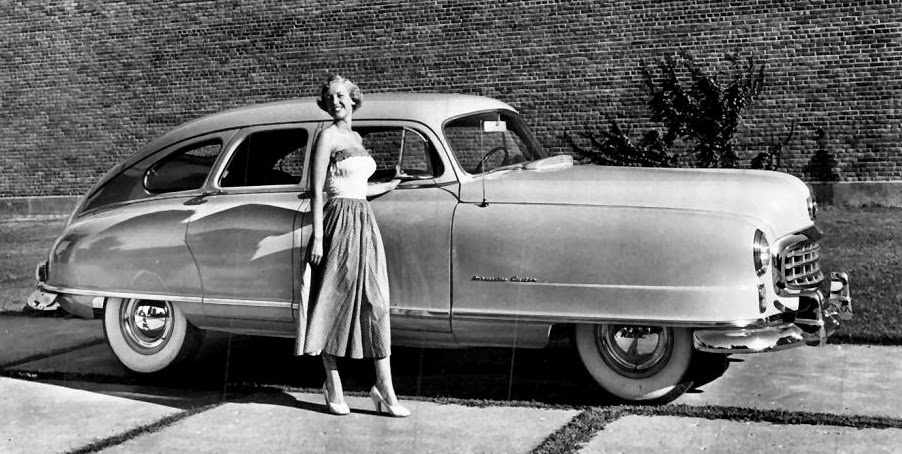The exception was the E-Type (or XKE, as it was often called in the USA). Its design was largely by Malcolm Sayer who formerly worked as an aerodynamicist at Bristol. Sayer developed surfaces using both mathematical calculations (pre-computer!) and wind-tunnel testing.
The result was, in its day, astonishing. The E-Type was a civilized sports car with decent interior trim and weather protection, quite unlike the existing notion that an important aspect of sports car ownership was voluntary ergonomic and environmental hardship. Moreover, the E was theoretically capable of reaching a top speed of 150 miles per hour (around 240 kph). There are few places where such a speed can be legally attained, and the 150 mark was set by a prototype that, shall we say, wasn't quite stock. Regardless, an E was fully capable of going like hell.
Over time, the E-Type concept got watered down via adding more seating capacity, succumbing to governmental regulations and such. New competitors (think Porsche 911) began to dominate the E's market bracket while the Jaguar's lack of reliability due to use of inferior parts from suppliers (Lyons loved cheap bits) dampened sales. For this post, I focus on the earliest E-Types: the sensational ones.
Jaguar E-Type at its first public showing, Geneva - 1961
Sir William Lyons, Jaguar Managing Director and co-founder is standing by the car.
E-Type on display at 1961 the Geneva show
Lyons is standing second from right. To his right is Mercedes' Rudolf Uhlenhaut.
On display at the 1961 New York auto show is Marilyn Hanold. A Jaguar, too.
Advertising photo showing side view of coupe
The hood is almost half the length of the car.
Advertising photo showing side view of roadster
One reason the E-Type's hood is so long is that the windshield is upright compared to those of present-day cars. A windshield following today's design practices would have its forward edge at about the trailing edge of the hood louvres. That would reduce the hood to about 37 percent of body length (sans bumpers) from 43 percent as shown.
Front 3/4 view of 1962 roadster - Barrett-Jackson auction photo
I always thought the hood was too long, given the somewhat narrow width of the car. From the cowl forward, the E-Type reminded me somewhat of a baguette or submarine sandwich.
Rear 3/4 view of 1962 coupe - Barrett-Jackson auction photo
The rear is nice and trim. It features a hatch hinged at the left rather than a trunk lid.














































